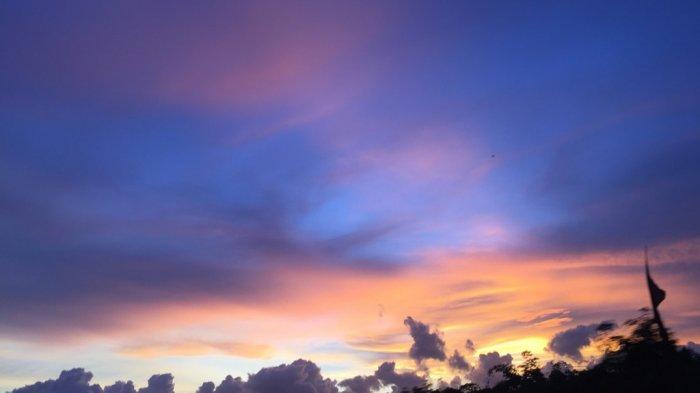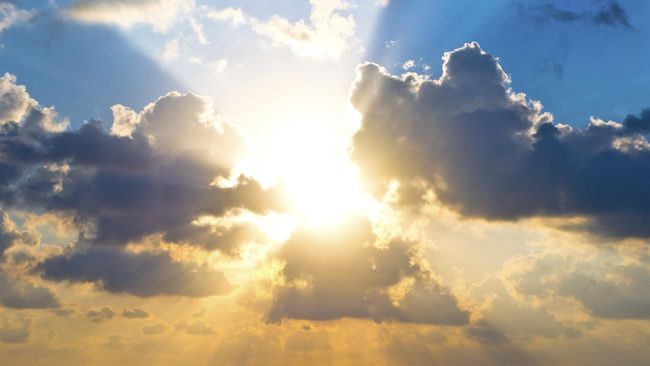First you have to ask yourself several questions: what do you want to see, at what time and at what time of the year? First obvious thing to do astronomy, you need a clear sky with very few clouds, without haze or fog. If the grass is wet for example at the end of the day and it is cold enough, there may be mist during the night and you will not be able to easily see the stars.
With the Sun it’s easier. If the sky is clear, you can observe it at any time of the day. The ideal is to observe it during the hour of noon because its image will be little disturbed by the turbulence, the light of the Sun crossing a layer atmospshérique thinner than the morning or the evening. It also shines much louder at noon and gives more contrasting images.
To observe the Moon, the planets, the stars or the galaxies it is necessary to wait for the night. In fact these stars shine also during the day but the Sun is so bright in the sky that you do not see them anymore.
In our latitudes (40-50 ° N) it is better to observe the sky in winter, when the weather is dry and cold because the sky is often clearer than in summer. In addition it is night very early, around 17h and in the morning it can still be dark at 8am. In winter you have the opportunity to observe the sky much longer, before going to sleep or early in the morning and during the weekend or holidays.
Enjoy the winter because it is during this season that you will be able to observe the most beautiful constellations: Orion, the Lyre, the Swan, the Scorpion not to mention the constellations that are always visible like the Big Dipper or Cassiopeia as well as clusters of stars known as the Pleiades M45, Praesepe M44, the globular cluster of Hercules M13, the Great Orion Nebula M42 or the galaxy Andromeda M31. These are all objects to watch that will give you a good reason to buy an atlas of constellations. We will return later to the constellations and all the stars that populate the universe.

at
hey
comment
Thanks